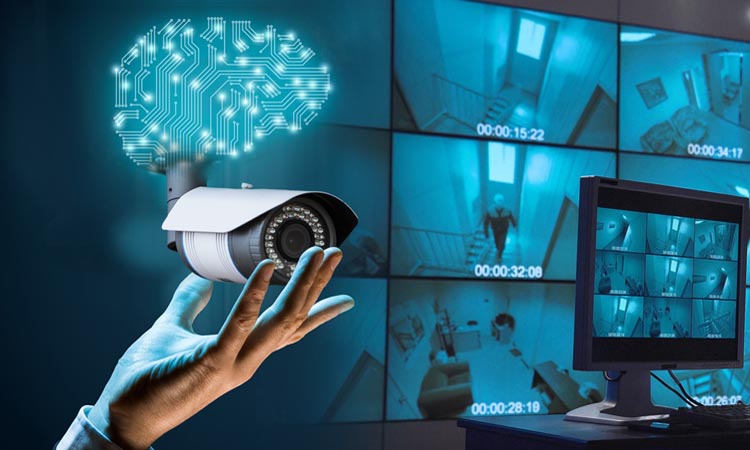



In the intricate realm of video surveillance systems, the process of installation and integration takes center stage, transforming carefully designed plans into tangible layers of security. This phase brings together the physical hardware and the virtual networks, culminating in a harmonious ecosystem that vigilantly guards the spaces it envelops.
Setting the Stage: Field Installation Unveiled
The installation of a video surveillance system is where blueprints transform into reality. Field installation involves the meticulous setup of cameras, recorders, and ancillary equipment. Each camera's positioning is calibrated with precision, ensuring that critical areas are under constant watch. Technicians work diligently to establish the necessary power sources, affixing cameras in strategic locations that minimize blind spots and maximize coverage. As a result, the once static design now becomes an active network of watchful eyes.
Unity in Diversity: Integration with Existing Systems
Modern security is seldom siloed; rather, it thrives on seamless collaboration between different systems. Integration is the linchpin that binds video surveillance with other established security or IT systems. This intricate dance necessitates skilled professionals who possess a profound understanding of various technologies. Integration goes beyond technical prowess; it requires a holistic perspective that considers the interplay of functionalities. Whether it's merging video surveillance with access control or blending it within an IT infrastructure, the goal remains consistent: creating a unified ecosystem that enhances overall security.
Interfacing Technology: Fostering Harmonious Coexistence
Integration requires technology to work in harmony, and this entails transcending mere compatibility. Interfacing disparate systems often involves a layer of middleware—a bridge that connects and translates the languages of different technologies. This intermediary layer ensures that data flows seamlessly between systems, allowing video feeds to be processed, analyzed, and shared with other security components. The result is an orchestration of technology, where cameras, sensors, and control systems play synchronized roles in safeguarding the environment.
Testing and Refinement: Forging a Flawless Union
Before a video surveillance system can be deemed ready for action, rigorous testing and refinement are essential. This phase involves meticulous scrutiny of each component's functionality, focusing on both individual capabilities and collaborative performance within the integrated ecosystem. Technicians simulate real-world scenarios to gauge the system's response, fine-tuning settings to achieve optimal results. This meticulous attention to detail ensures that the installation and integration process doesn't just meet expectations but exceeds them.
The Human Touch: Expertise and Training
The success of installation and integration hinges not only on technology but also on the expertise of the individuals overseeing the process. Skilled professionals not only execute installation tasks with precision but also impart their knowledge to end-users. Training sessions acquaint stakeholders with the system's functionality, empowering them to navigate its features and leverage its potential. In these sessions, users learn to access real-time feeds, review recordings, and respond effectively to security incidents.
A Unified Defense: Installation and Integration's Lasting Impact
As the final screws are tightened and the last lines of code are written, the true impact of installation and integration becomes apparent. A seamlessly integrated video surveillance system transforms physical spaces into secure domains and virtual networks into vigilant guardians. The culmination of careful planning, skillful installation, and harmonious integration results in a unified defense against potential threats. In an age where security is paramount, this meticulous process plays an essential role in safeguarding what matters most.



Reviews